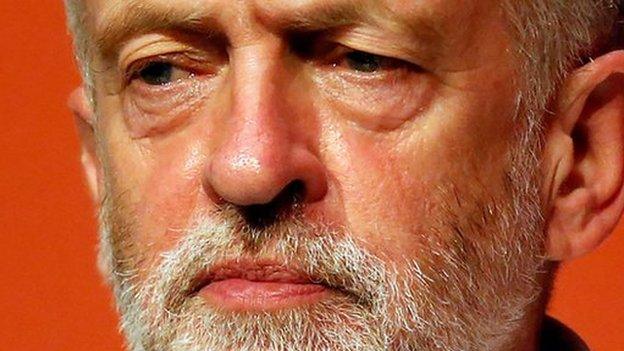Labour leadership: Gordon Brown backs Yvette Cooper
- Published
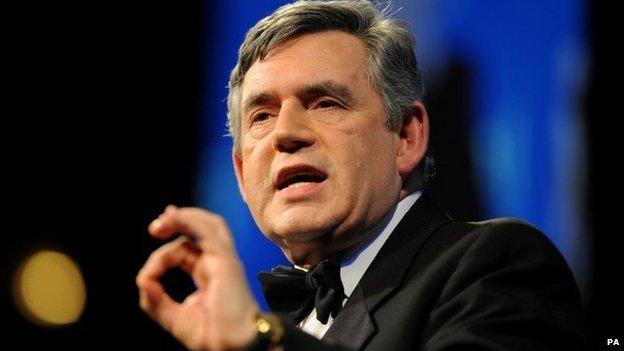
Gordon Brown has voted for Yvette Cooper as his first preference in the Labour leadership contest.
The former prime minister's office confirmed, external he believed Ms Cooper was the best of the four contenders to succeed Ed Miliband.
His second preference was Andy Burnham with Liz Kendall his third choice.
Mr Brown recently made a speech warning against Labour becoming a "party of protest," which was seen as a swipe at left-wing frontrunner Jeremy Corbyn.
Mr Brown will set out his choice at the Edinburgh Book Festival at the weekend.
Ballot concerns
Meanwhile, Mr Burnham has warned "big figures from the past" against intervening in the Labour leadership contest.
In the latest in a series of BBC News interviews with each of the candidates, he said former leaders risked being seen as "lecturing" the party's members and supporters.
He said ex-leaders "needed to be listened to" but added: "If lots of people come out, the party members begin to feel they are being lectured by the higher echelons of the party."
Earlier, Mr Corbyn rejected claims by Ms Cooper and other senior figures that he would split the party.
Ms Kendall said she intended to fight on despite trailing in fourth place in the polls, saying many voters were still undecided.
The four leadership teams are due to meet Labour officials on Tuesday to discuss concerns about the ballot being hijacked by Conservative and hard-left infiltrators.
All party members, registered supporters and affiliated supporters have a vote.
More than 160,000 people signed up to vote in the final days before the registration deadline, bringing the total size of the electorate to 610,000.
New regulations allow members of the public to sign up to vote as a registered supporter for £3.

Labour leadership contest
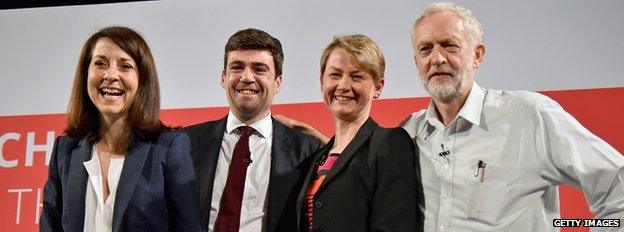
Leadership contenders: Liz Kendall, Andy Burnham, Yvette Cooper and Jeremy Corbyn
Who are the candidates? Andy Burnham, Yvette Cooper, Jeremy Corbyn, Liz Kendall
Dates: Ballot papers were sent out on 14 August; voting can take place by post or online. They must be returned by 10 September. The result is announced on 12 September
Who can vote? All party members, registered supporters and affiliated supporters - including those joining via a union. More than 160,000 people signed up to vote as supporters, full members or union affiliates in the final days before the registration deadline, bringing the total size of the electorate to 610,000
What is the voting system? The Alternative Vote system is being used, with voters asked to rank candidates in order of preference
How does it work? If no candidate wins outright with more than 50% of first preferences, whoever is in fourth place drops out and the second preferences of their backers are reallocated to the other candidates. If there is still no winner the third placed candidate is then eliminated with their second preferences similarly reallocated. The candidate who has accumulated the most votes through the different rounds then wins.
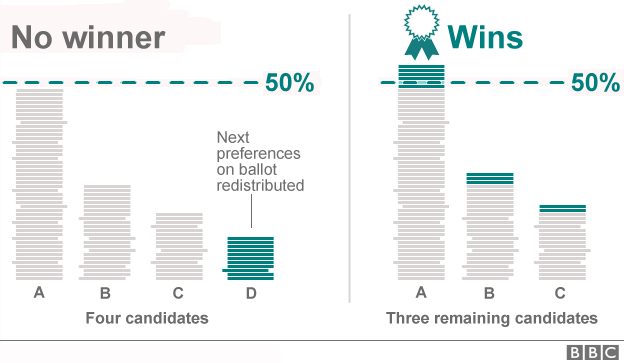
- Published24 August 2015
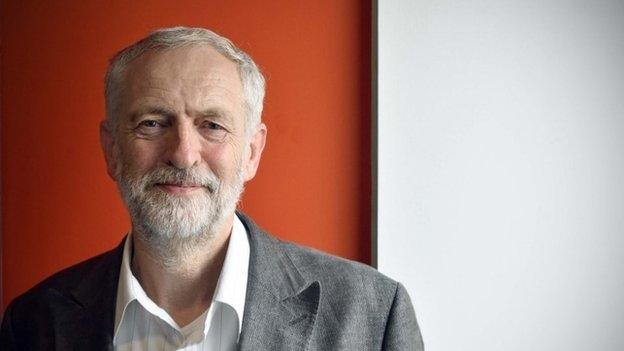
- Published16 August 2015
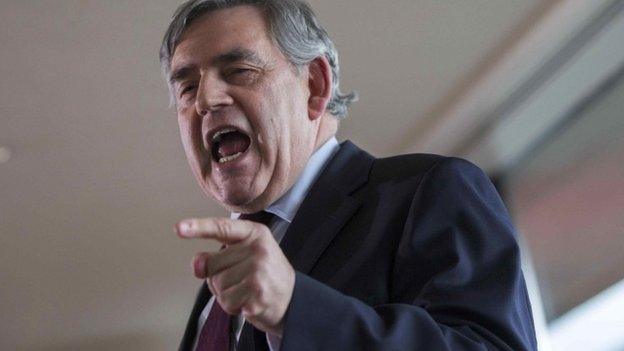
- Published22 August 2015
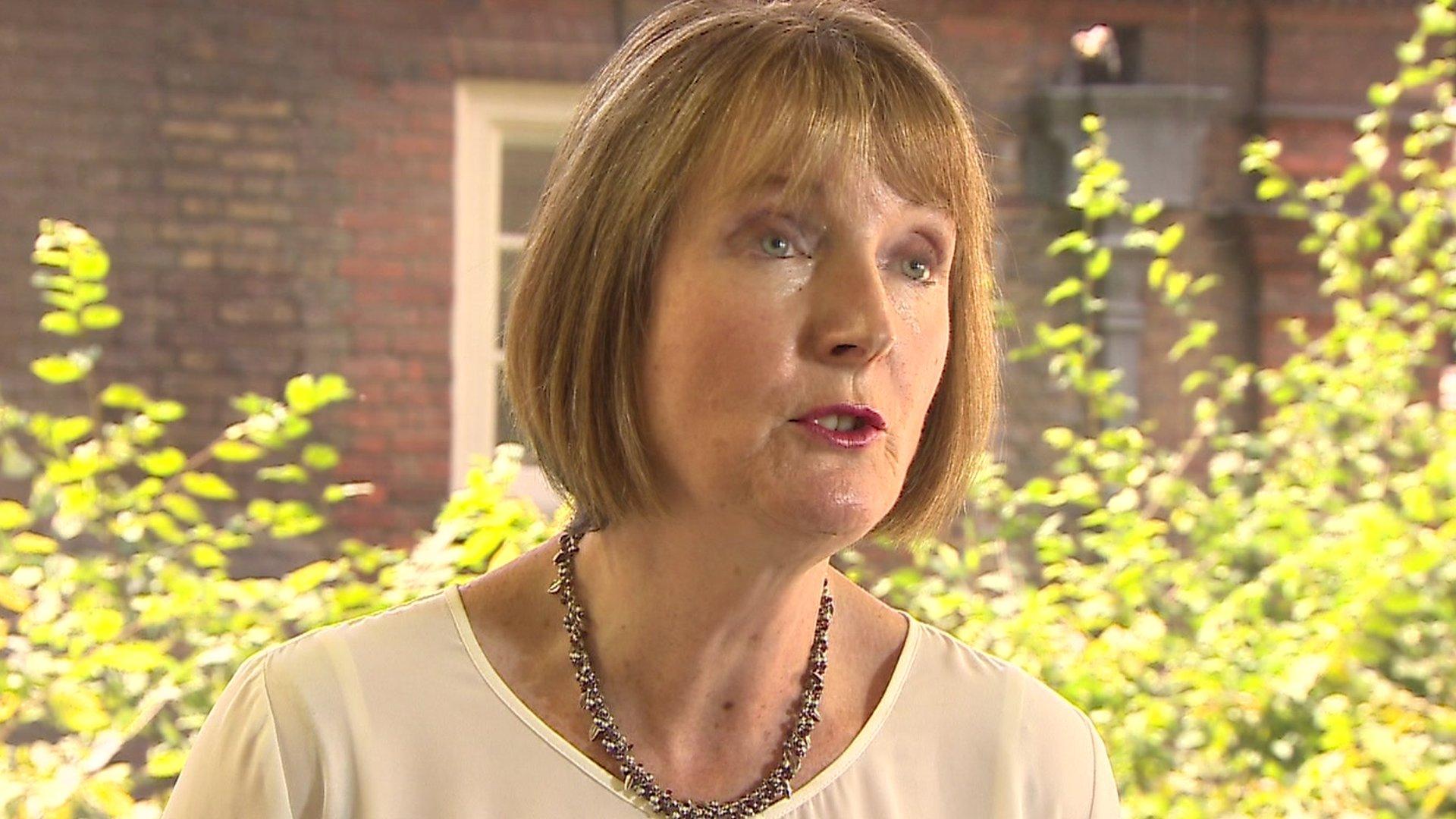
- Published20 August 2015
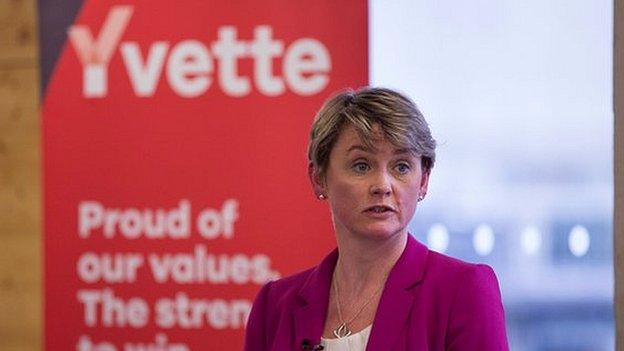
- Published21 August 2015
